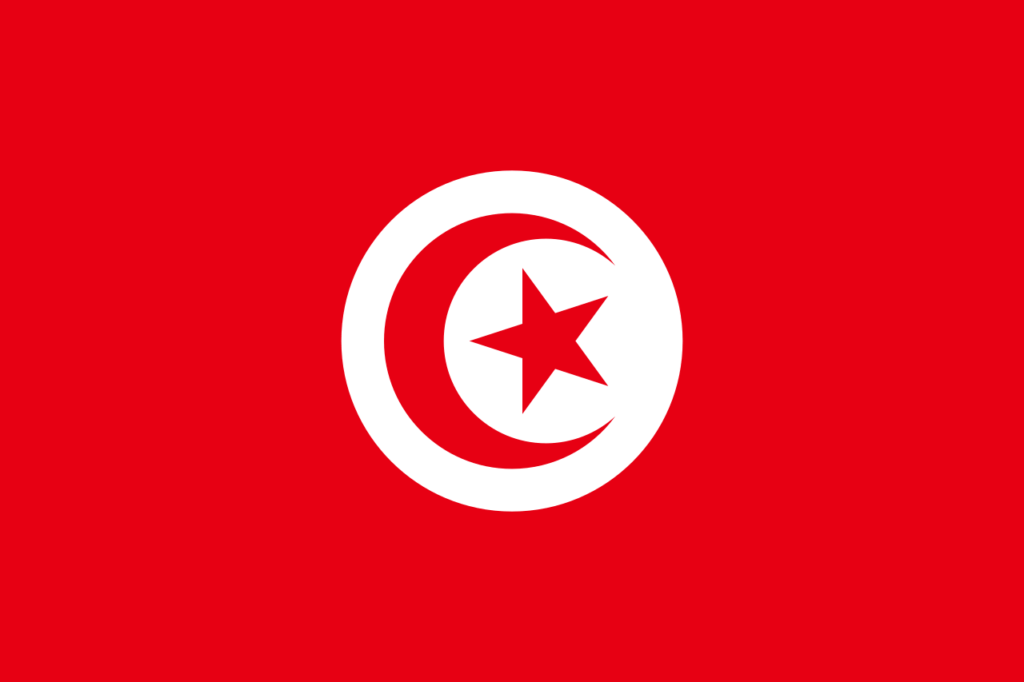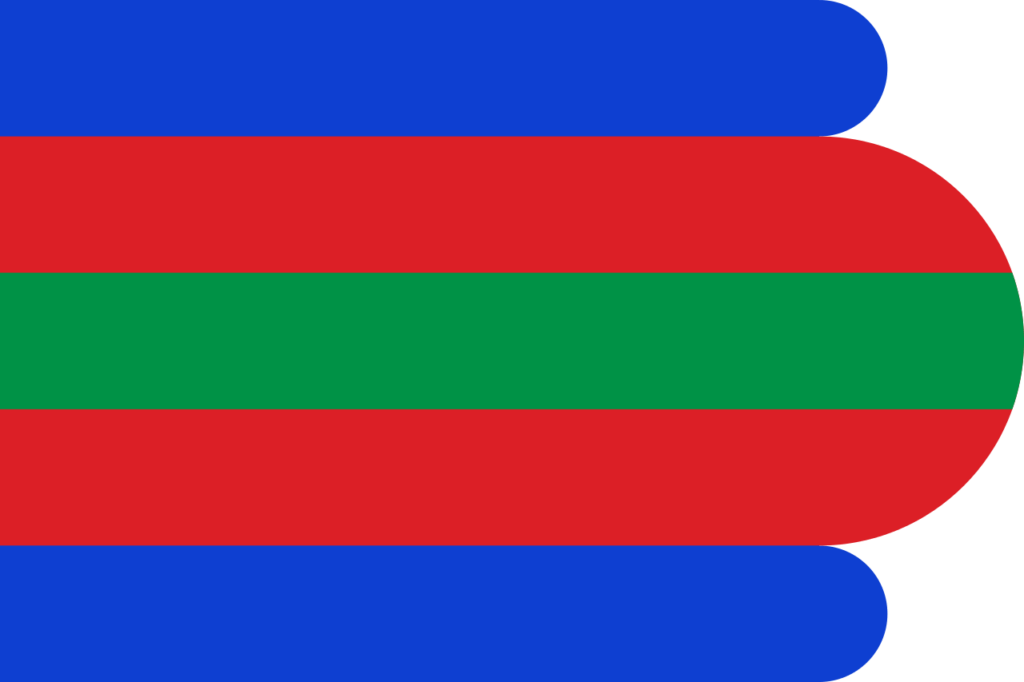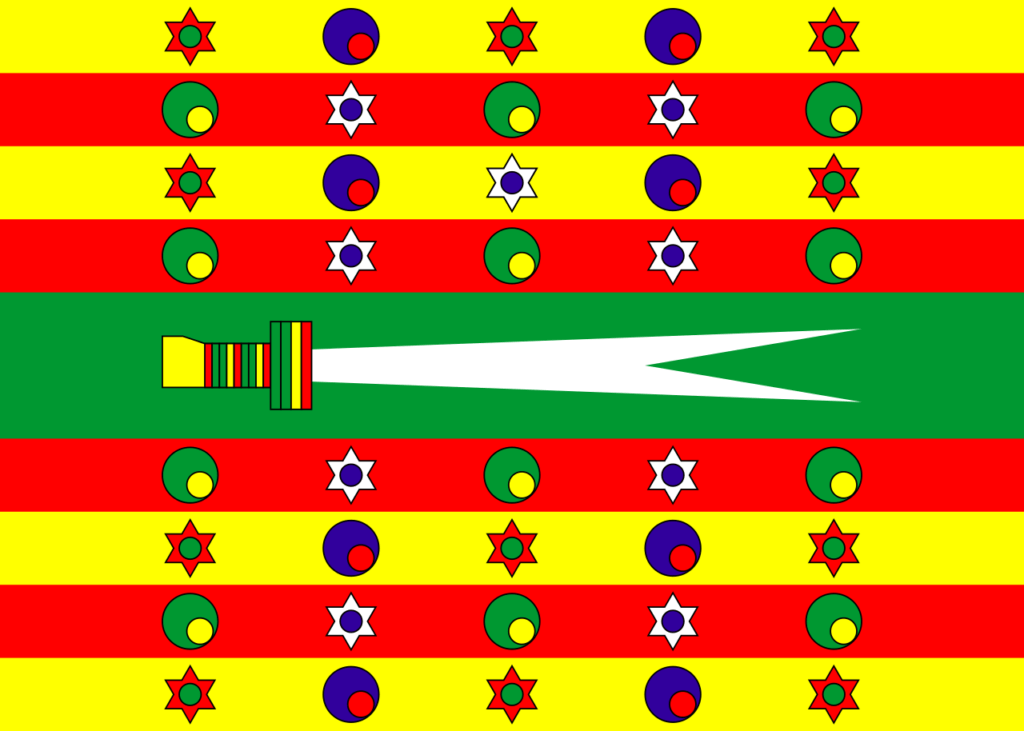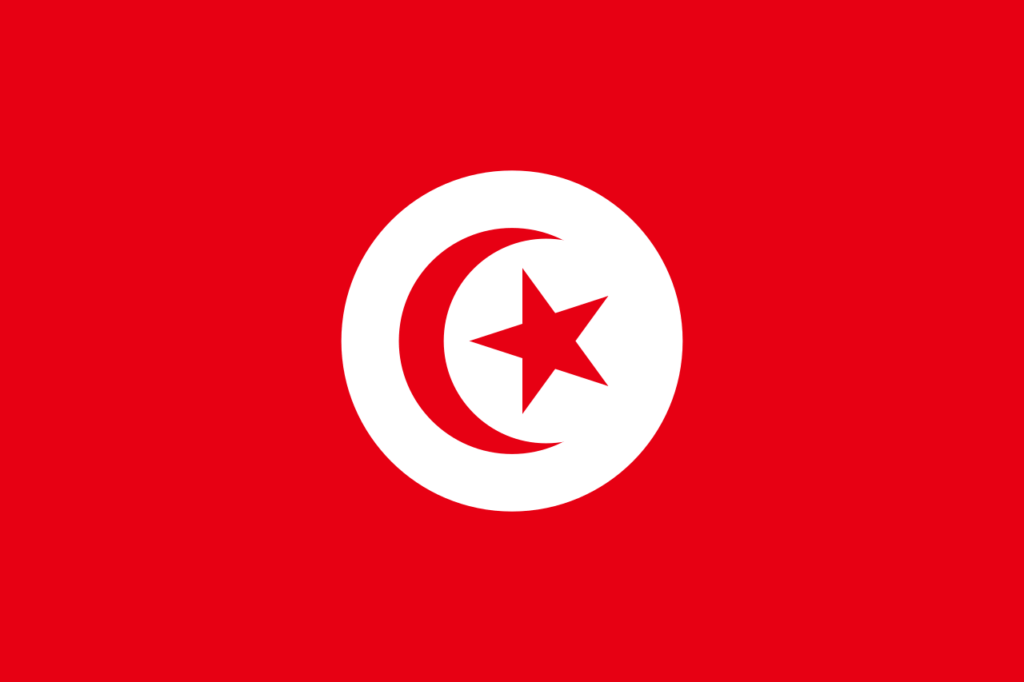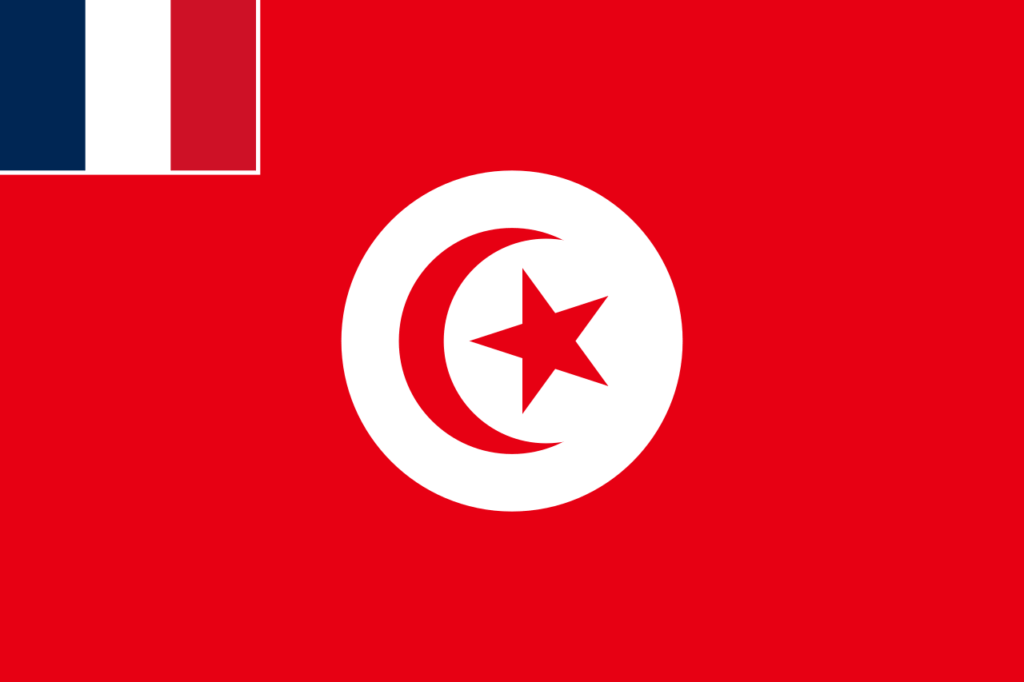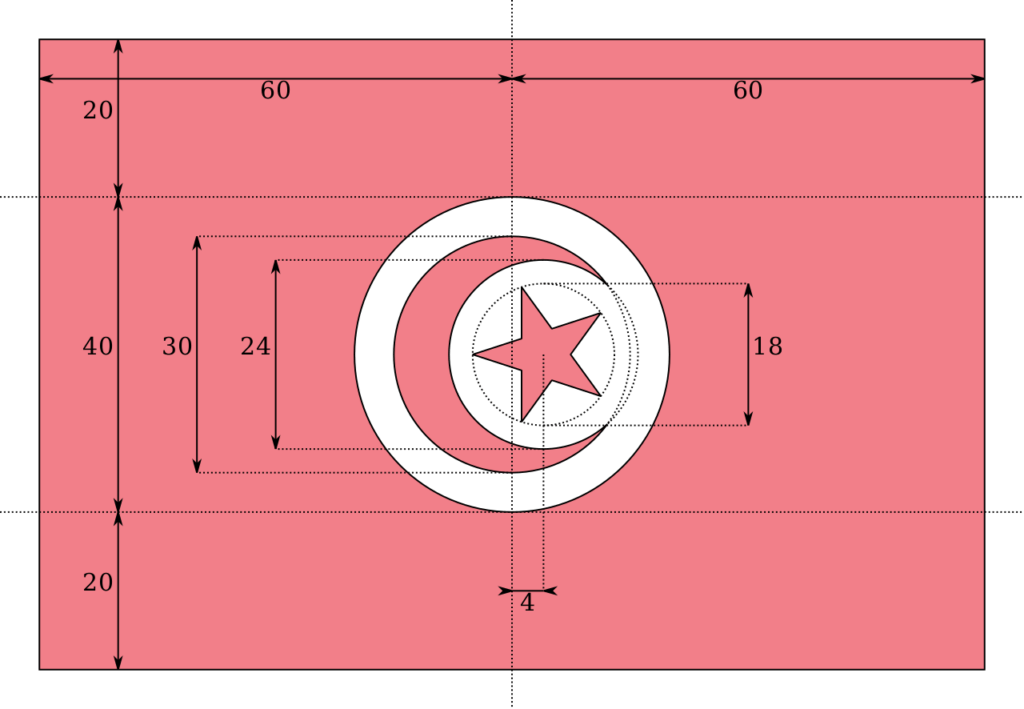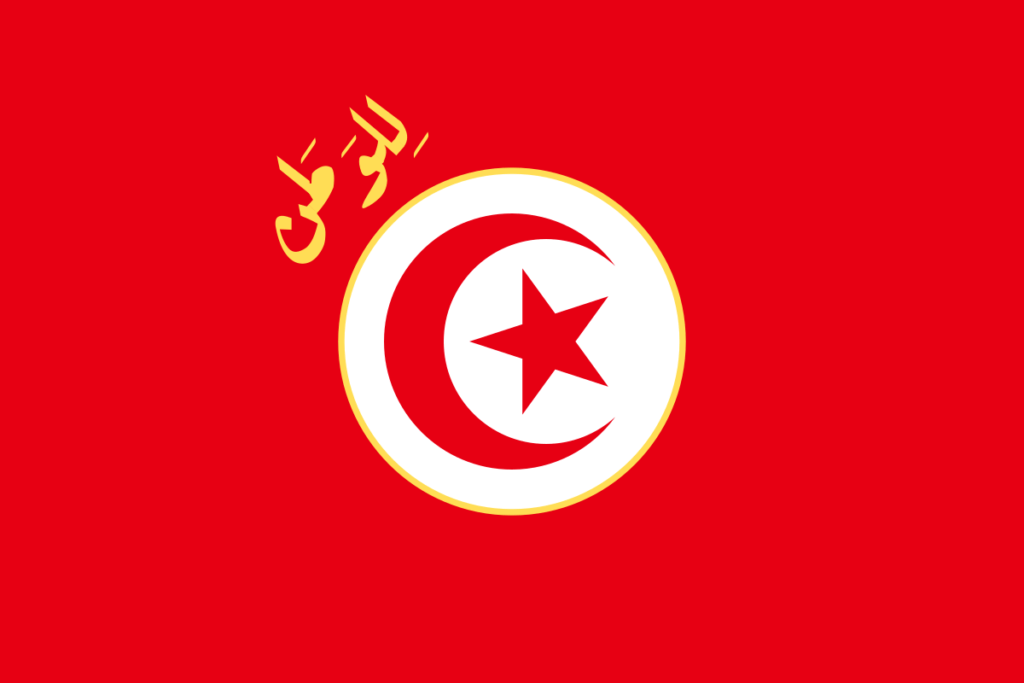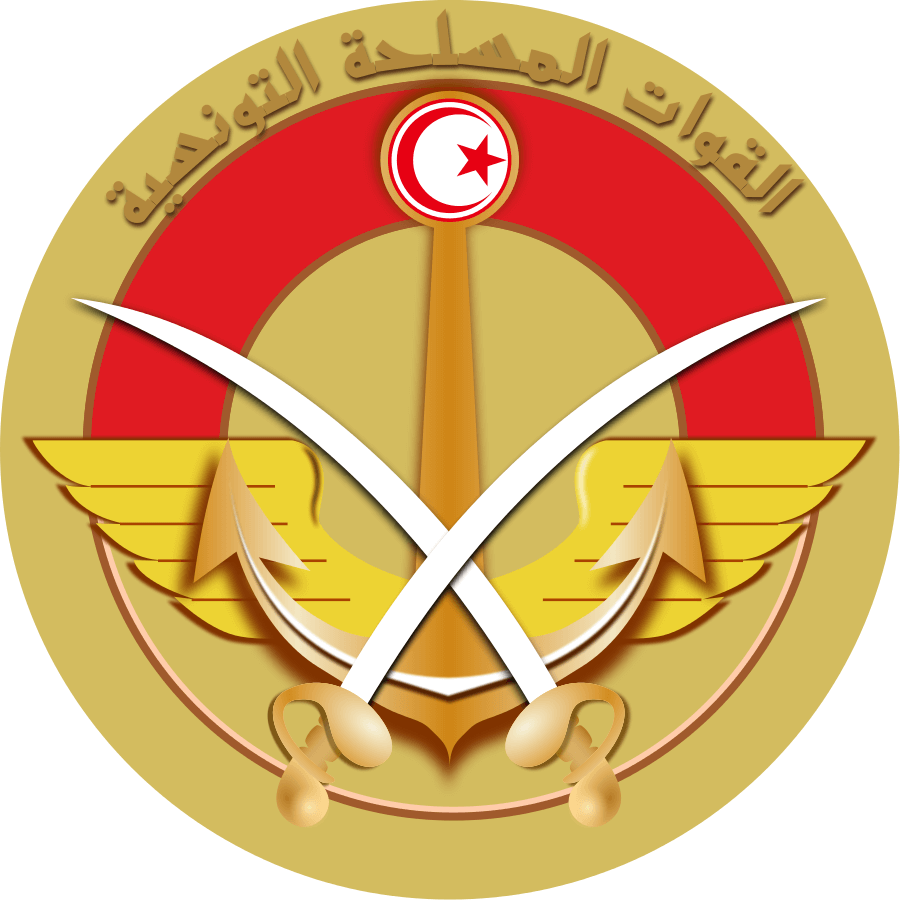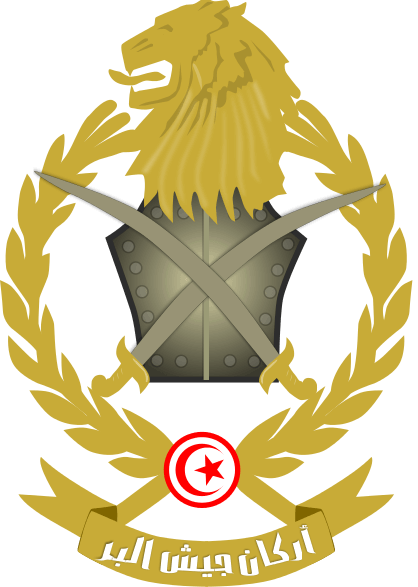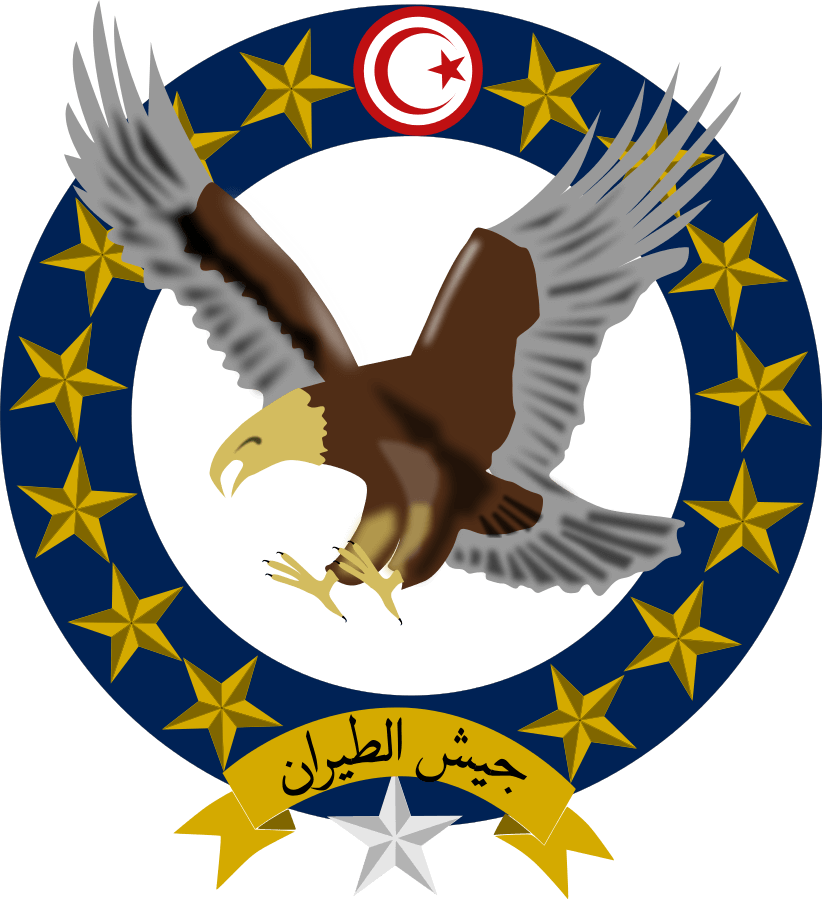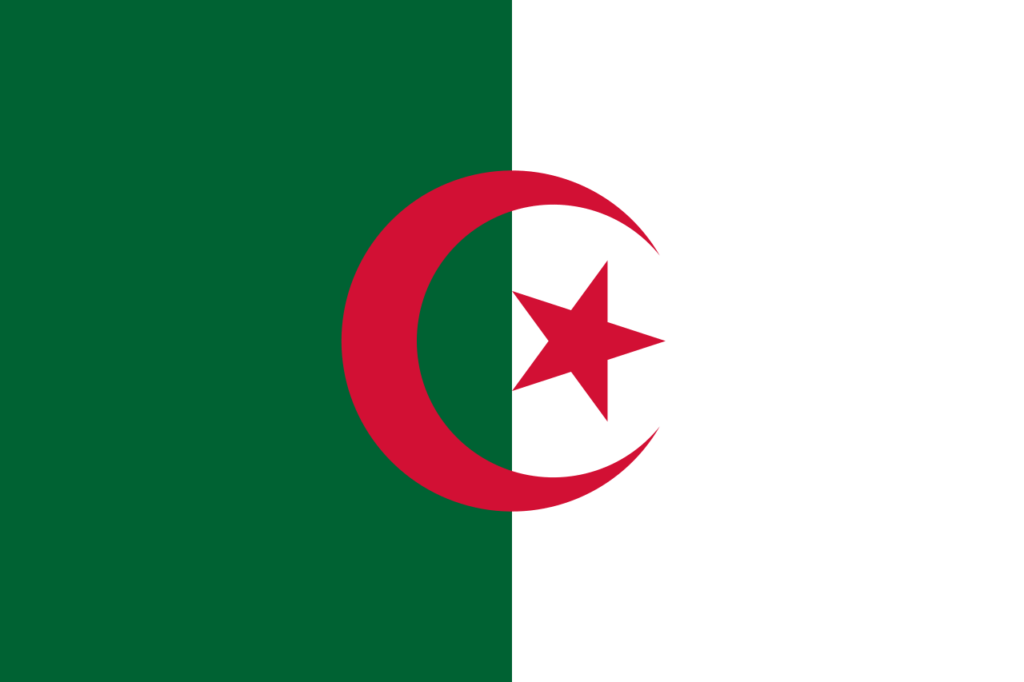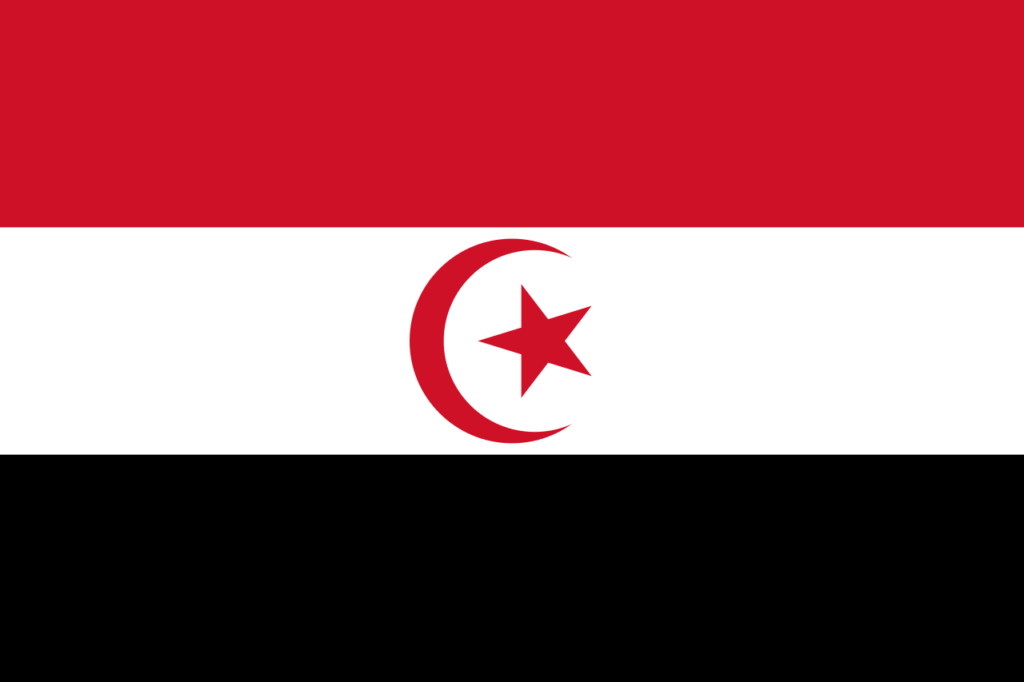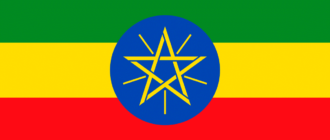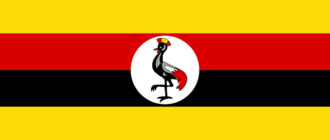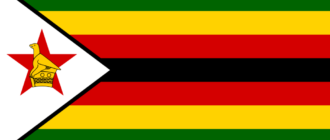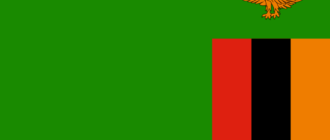Tunisia Republic (Tunisia) – Government located in North Africa off the coast of the Mediterranean Sea. The area of the country is formed 163.6 thousand.sq.km. And the population is about 12 million. human.
So the modern flag of Tunisia looks:
History flag of Tunisia
The territory of modern Tunisia is known from the old days. The most famous city has a Carthage (nearby the capital), which by the III century BC.NS. achieved high power. Later, this area seized other countries and at various historical periods had it:
- The Roman Empire,
- Western and East (Byzantium) Roman Empire,
- Changing friend to a friend Khalifatha (righteous, Omayyad, Abbasid, Fatimid, Almohad),
- Genoese Republic
- and such empires as Ottoman, French.
In the sixteenth century, Turkey has won Tunisia several times, but a complete country became part of the empire in the first half of the 70s of the XVI century. At the moment, the territory of Tunisia appeared flag, symbolizing the power of Turkey, and consisted of alternating horizontal stripes of blue, red, green colors, with rounded finishes.
In 1705. The Government of Tunisia was created, which was ruled by Bai from the Husseynide family, who recognized the Sultan only as a religious winner. BAI Government managers were practically its monarchs. They had a personal symbol that was used from the 19th century until the abolition of the monarchy in 1957. This symbol was a cloth folded out of 9 bands, the central of which was green with the image of the Islamic blade (Zulfikar), and from above and below four alternating yellow stripes and red flowers with a width of two less than green.
In the 30s of the XIX century, a new version of the flag was created and adopted that its non-specialized species was preserved to this day. The answer to this was adopted by Decree Bee Al-Husine II Ibn Mahmud at the end of 1827. (independence Greece), at the time, at the time, at the time, while during the Navarino fight, the Tunisian fleet was absolutely crushed. According to different estimates of historians, the new symbol of Tunisia was approved within 1831-1835., And in a complete state flag, he became in the 2nd half of the 50s of the XX century.
In this form, the flag existed in the time of the French Protectorate (from 1881.)., Without looking at the fact that the corresponding option was created – in the upper left side of the panel (closer to the tree) was the image of the flag of France. Such a flag of a couple of years has been used, due to the fact that the French themselves not, in particular, insisted on such a modification of the flag of Tunisia.
In June 1999, some transformations were made in the design of the sign – refined proportions of parts, the view of the star, which is fully approved by a special law. Non-specialized type of harmony with this actually did not exchange.
Description
The flag of Tunisia is available by a spanner of a rectangular shape, a non-specialized background of which is painted in red. The proportions of the parties are adjusted between 2 to 3. Right in the center of the panel depicting a circle of white. The reality of the circle is equal to half the width or 1/3 of the flag length. Circle Center converges with a rectangle diagonal.
In the country itself, a red crescent is represented, whose horns are targeted in a rough side. Inside the crescent placed star and red. The appearance of the Crescent Crescent Crosspiece with the star is 1/4 of the length of the panel.
Colors flag of Tunisia
Only two colors are used on the official sign of the republic:
- Red;
- White.
Meaning colors flag Tunisia
The non-specialized view of the state sign Tunisia is close to the form of the sign of the Empire Ottomans, and the crescent and the star reflect the historical message between countries. Colors on the cloth mean:
- Red is almost always considered to be an Islam color (adopted by the Ottoman Empire);
- Crescent and Star, not counting it are signs of Islam. Apart from this, they are also launched and lucky signs;
- The white circle indicates the sun.
According to some interpretations, red, as nor in particular, expresses resistance against Turkish domination.
Other flags
The presidential ideal is distinguished by the fact that in the upper part of it in Arabic, a gold inscription was made: “For the people”. The same color of the circle circumference with crescent and star.
In the military field there are emblems on which the flag emblem is necessarily located:
- military establishment;
- Ground armies;
- DR and Air Force.
Similar flags
The state symbol of the republic, not counting the similarity with the sign of Turkey, in the symbols of the star and the crescent has certain similarities with the symbols of the second countries but does not converge in the color political. For example, Algeria, Pakistan.
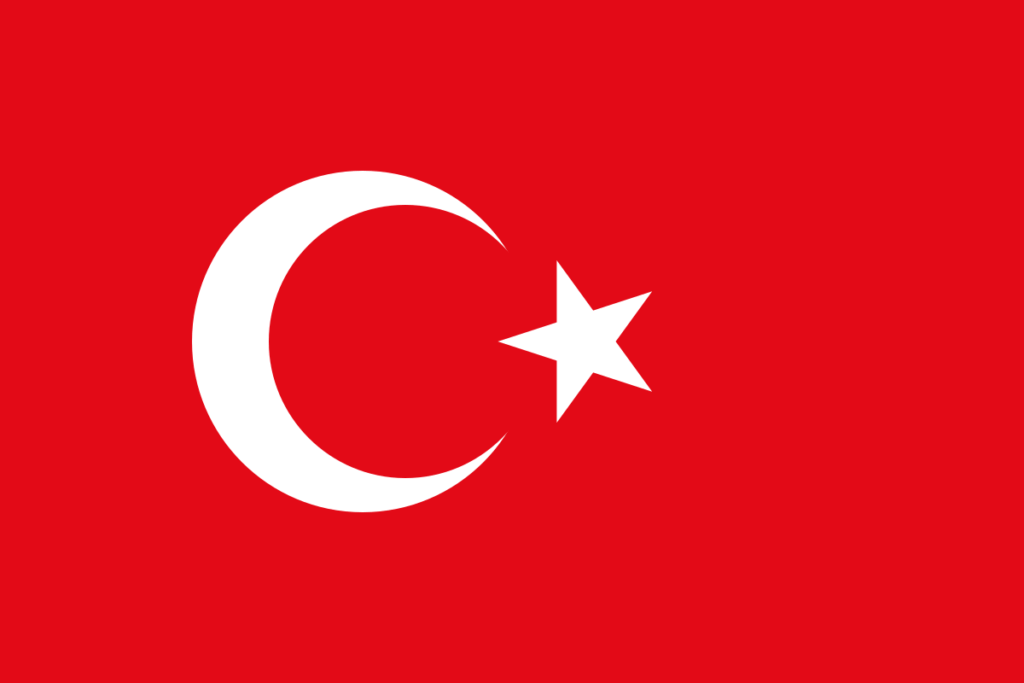
Interesting facts about the flag
In the first half of the 70s of the twentieth century, an order was issued on the formation of AIR (Arab Islamic Republic). In its composition, they should have been Tunisia and Libya. For the new country, an option was created with horizontal red-white-and-black stripes and a crescent with a star of red in the center of the White Sector. But the project was and was a project, due to the fact that most of the inhabitants of Tunisia, the idea of combining 2 countries, did not support it.
Non-specialized information about Tunisia
| Official language | Arabic, French |
| Capital | Tunisia |
| Territory | 163 610 km2 |
| Population | 11 722 038 people |
| Currency | Tunisian Dinar (TND, code 788) |
| Telephone code | +216 |
